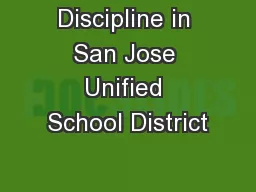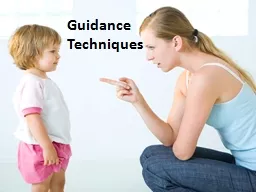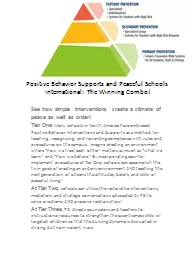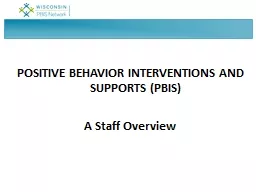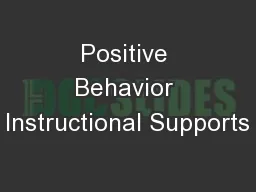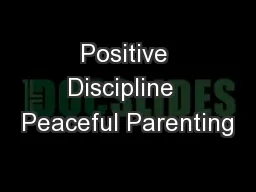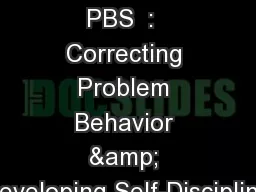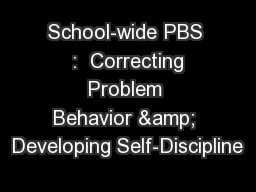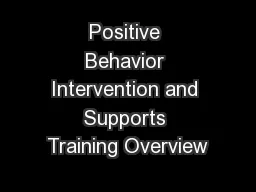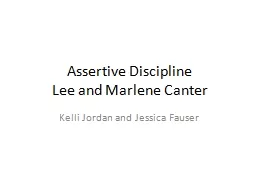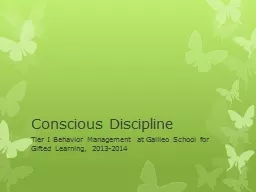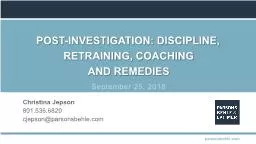PDF-DISCIPLINE AND BEHAVIOR SUPPORTS
Author : lindy-dunigan | Published Date : 2016-06-13
IDEA 14697 clarifies the ways that schools inappropriate behavior The followi usual discipline procedures applied to regular If the behavior of a special education
Presentation Embed Code
Download Presentation
Download Presentation The PPT/PDF document "DISCIPLINE AND BEHAVIOR SUPPORTS" is the property of its rightful owner. Permission is granted to download and print the materials on this website for personal, non-commercial use only, and to display it on your personal computer provided you do not modify the materials and that you retain all copyright notices contained in the materials. By downloading content from our website, you accept the terms of this agreement.
DISCIPLINE AND BEHAVIOR SUPPORTS: Transcript
IDEA 14697 clarifies the ways that schools inappropriate behavior The followi usual discipline procedures applied to regular If the behavior of a special education student students the special. Jess . Lewis, Behavior and Discipline . Program Supervisor. 101,364 total . i. ncidents. . r. eported in . 2012-13. Percent of students by number of . d. iscipline incidents. 3. 5.7% of All Students were reported in one or more incidents. Declining Suspension Rates, 2013-2015. 33,866 Students. 2012-13 = 1,345 suspensions by January. 2013-14 = 1193 suspensions by January. 2014-15 = 905 suspensions by January. Approximately 200 fewer suspensions each year. Techniques. Why Do Children Misbehave?. Normal behavior for the child’s age. The action is age and developmentally appropriate.. The caregiver should have appropriate expectations for the child’s developmental age.. See how simple interventions create a climate of peace as well as order!. Tier One. : Many schools in North America have . e. mbraced Positive Behavior Interventions and Supports as a method for teaching, recognizing, and rewarding compliance with rules and procedures on the campus. Imagine creating an environment where “how we treat each other” matters as much as “what we learn” and “how we behave.” By incorporating easy-to-implement procedures at Tier One, schools can accomplish the twin goals of creating an orderly environment AND teaching the next generation of citizens the attitudes, beliefs, and skills of peaceful living! . A Staff Overview. . In Partnership with OSEP. ’. s TA Center . on Positive Behavior Support. Co-Director. ’. s: . Rob Horner, University of Oregon, and . George Sugai, University of Connecticut. School-wide Positive . Support . for Grades K-12. Learning Behavior Expectations. Maintaining a conducive environment for learning. Instructing students in appropriate behavior across physical locations. The word . discipline. has origins in the Latin word . disciplina. , which means, “to teach.” . Adapting this concept to raising children, I believe positive discipline means guiding, redirecting, and teaching our children in a way that opens them to be the best they can be. . December 8, 2016. Agenda – 9:00 – 3:30. Morning. Sharing School-wide Successes. Systems to Correct Problem Behavior. Action Planning. Lunch. Afternoon. Systems to Develop Self-Discipline. Action Planning. December 8, 2016. DE-PBS . MTSS Framework Components. Program Development & . Evaluation. Problem-Solving/Leadership Team. Data. Professional . Development & Resources. Developing SW and Classroom Systems to Prevent Problem Behavior. (Multi-tiered System and Supports). United Advocates for Children and Families. July 21, 2015. Welcome & Introductions. PCOE PBIS Support: Regional Coaches . Michael Lombardo. Director Interagency Facilitation. Kelli Jordan and Jessica Fauser. Lee and Marlene Canter. 1976 published . Assertive Discipline: A Take-Charge Approach for Today’s Educator. Popular discipline system. Rights. Teacher Rights. Support. Thank you to Midwest PBIS Network, Mid-Atlantic PBIS Network, Missouri Schoolwide PBS, Virginia . Dept. of Ed PBIS, and other National Partners for their contributions. EXPECTATION. BEHAVIOR. Be Responsible. Brain State Model. Brain Stem: Survival State. Children . and. adults who are “living in” (thinking, reacting with) their brain stem are in a constant state of fight or flight. They need to know, “Am I safe?”. Post-Investigation: Discipline, Retraining, Coaching and Remedies Christina Jepson 801.536.6820 cjepson@parsonsbehle.com parsonsbehle.com September 25, 2018 Following the investigation, the investigator should
Download Document
Here is the link to download the presentation.
"DISCIPLINE AND BEHAVIOR SUPPORTS"The content belongs to its owner. You may download and print it for personal use, without modification, and keep all copyright notices. By downloading, you agree to these terms.
Related Documents


